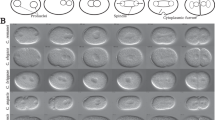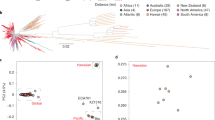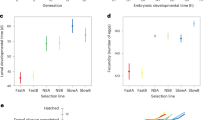Abstract
DR. FORBES has been kind enough to send me for examination the typical specimen of Dendrexetastes capitoides of Eyton, now in the Derby Museum, Liverpool, to which he has called attention in a letter in NATURE of October 24 last (NATURE, vol. lii. p. 619). I have compared it with specimen a of Dendrexetastes temmincki in the British Museum, and do not hesitate for a moment to say that they are referable to the same species. Both are from Cayenne, and of the ordinary unmistakable “Cayenne make.” But it is quite true that, as pointed out by Dr. Forbes, the cross-bands on the belly, which are very visible in the British Museum specimen, are quite non-apparent in the Derby Museum specimen. These cross-bands are, in all probability, remnants of the immature plumage, the British Museum specimen being not quite adult. I was, therefore, wrong in using this character (“Cat. Bds.,” xv. p. 140) to separate Dendrexetastes temmincki from D. devillii, which, however, are quite different species, easily distinguishable by other characters. But D. capitoides = D. temmincki in my decided opinion, as has been stated in the “Catalogue.”
This is a preview of subscription content, access via your institution
Access options
Subscribe to this journal
Receive 51 print issues and online access
$199.00 per year
only $3.90 per issue
Buy this article
- Purchase on SpringerLink
- Instant access to full article PDF
Prices may be subject to local taxes which are calculated during checkout
Similar content being viewed by others
Rights and permissions
About this article
Cite this article
SCLATER, P. “Dendrexetastes capitoides”. Nature 53, 102–103 (1895). https://doi.org/10.1038/053102e0
Issue date:
DOI: https://doi.org/10.1038/053102e0



